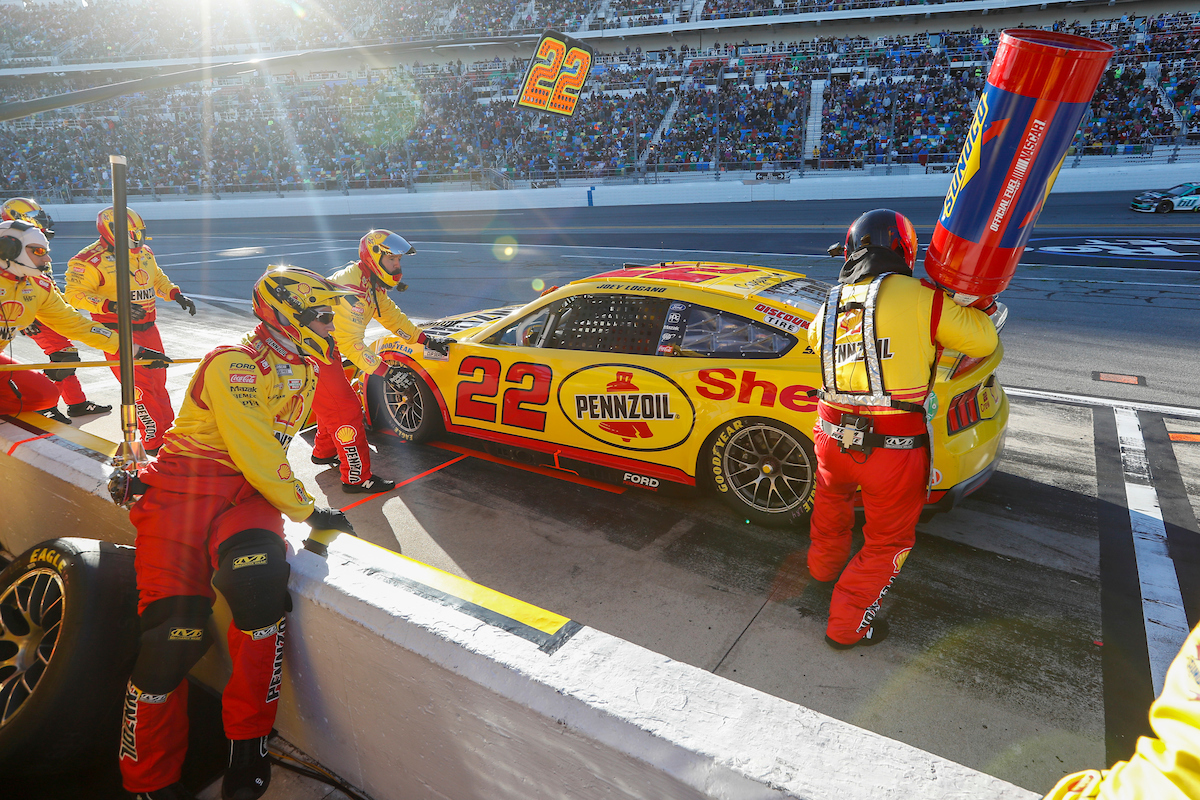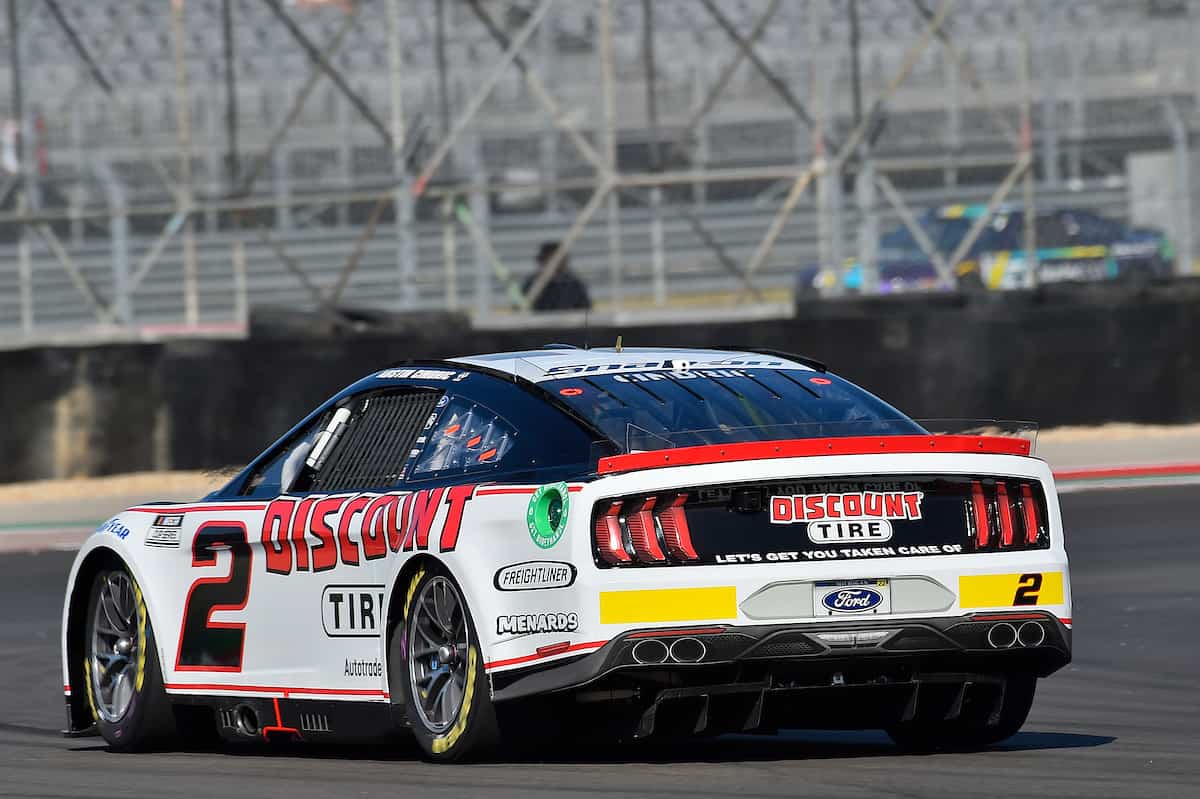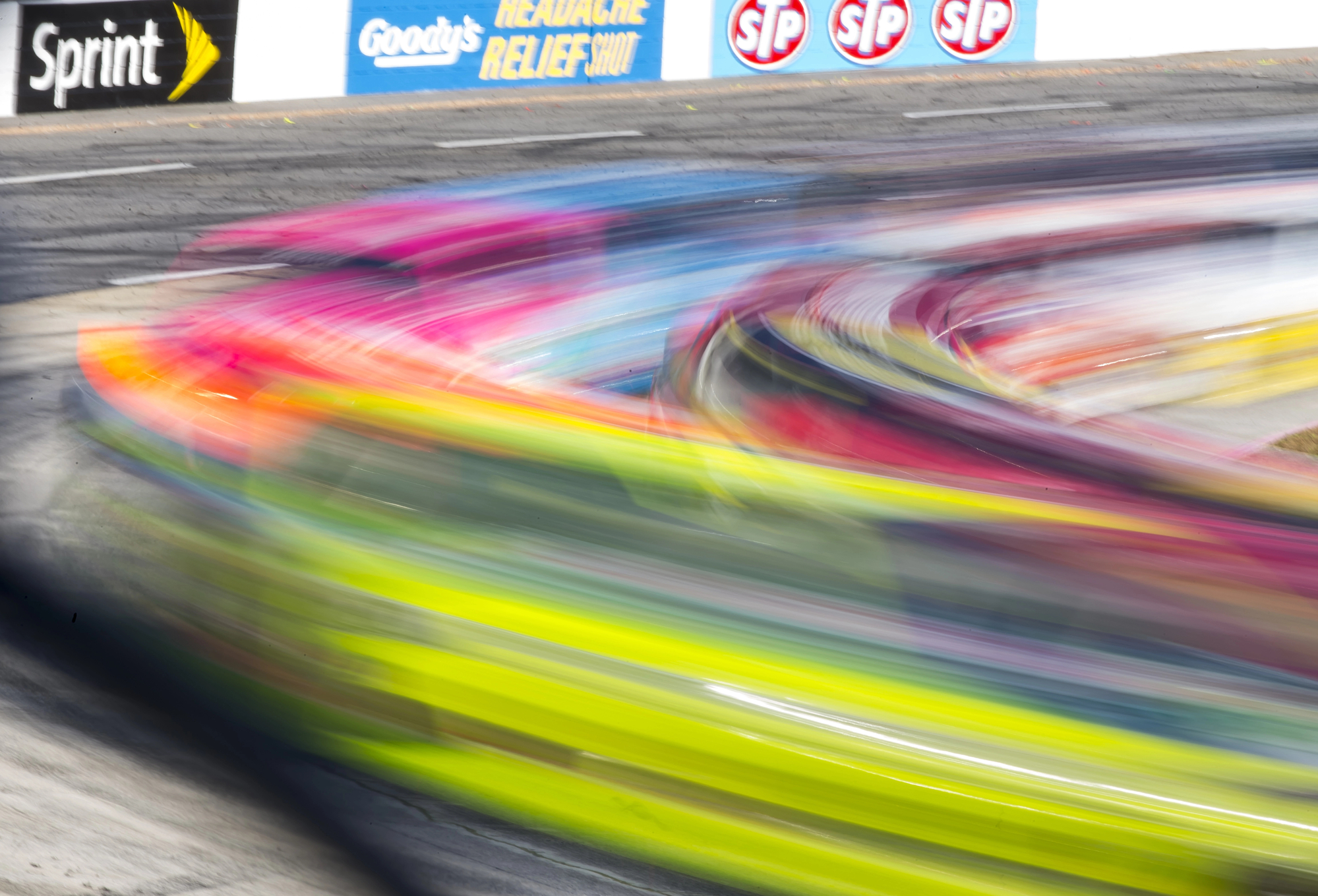Do NASCAR Cars Have Air Conditioning? Exploring Cabin Temperatures
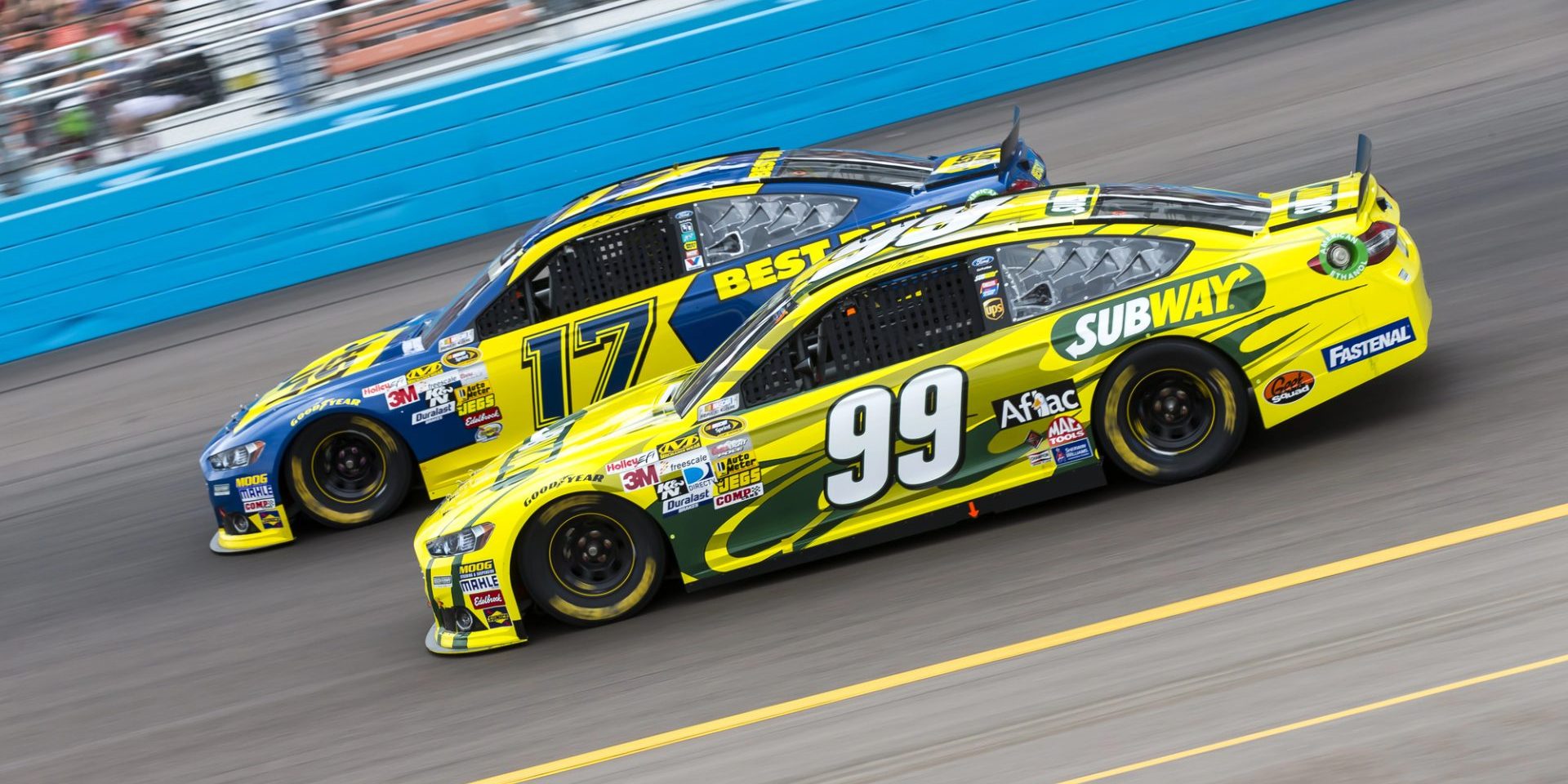
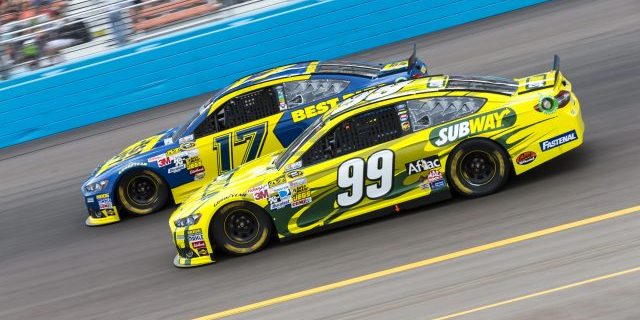
Air conditioning, a common feature in consumer vehicles, is notably absent in NASCAR race cars. This is due to the priority placed on speed and performance over driver comfort. NASCAR vehicles are designed for speed, and any unnecessary weight that could potentially hinder performance is eliminated. Hence, the traditional air conditioning systems found in regular cars are not used in NASCAR vehicles.
Despite the lack of air conditioning, NASCAR drivers face cockpit temperatures that can soar to more than 130 degrees Fahrenheit. Drivers rely on alternative cooling methods to withstand the sweltering heat during races. These methods include strategically placed vents, fans that utilize the car’s momentum, and cooling packs. These systems are designed to minimize the weight impact and maintain the car’s competitive edge, while still providing some relief from the intense temperatures that can build up inside a race car during competition.
Table of Contents
Physical Demands on Drivers
The physical demands on NASCAR drivers are substantial due to the extreme conditions inside the car and the required safety equipment they must wear. These challenges include intense heat within the cockpit and the critical need for maintaining hydration.
Cockpit Temperature and Conditions
The interior temperature of a NASCAR vehicle can exceed 100 degrees Fahrenheit, creating a challenging environment for drivers. They are seated close to the engine and exhaust systems, which emit considerable heat. The cockpit’s conditions are further intensified as drivers are clad in fire-retardant suits, gloves, and full-face helmets that offer protection but also contribute to the rising temperatures around them. Drivers can lose a substantial amount of sweat during races, increasing the risk of dehydration and heat-related conditions such as heat exhaustion.
Hydration and Safety Equipment
To combat dehydration, drivers utilize hydration systems that allow them to drink fluids throughout the race. This is usually achieved through a tube that feeds into their helmet, providing access to water or electrolyte solutions. The safety equipment, while necessary for protection, includes multi-layered fire-retardant suits and helmets that can hinder the body’s natural cooling processes. NASCAR drivers often employ additional gear such as heat shields in their footwear to guard against the intense heat radiating from the car’s floor.
NASCAR Car Design and Features
NASCAR cars are engineered for high-octane racing, prioritizing performance and safety over comfort features like air conditioning found in regular passenger cars.
Differences from Passenger Cars
NASCAR vehicles, built for speed and endurance, differ significantly from standard passenger cars. Passenger cars are equipped with a range of features aimed at comfort and convenience, including air conditioning, to maintain a comfortable cabin atmosphere. In contrast, NASCAR cars are stripped of any non-essential components to save weight and to optimize power and speed. NASCARs focus on safety mechanisms, aerodynamics, and traction, integrating thermal shields and special materials to handle the intense heat produced during races.
Ventilation and Cooling Mechanisms
While traditional cooling systems like air conditioning are absent in NASCAR vehicles, they employ other methods to manage temperature. Instead of a standard air conditioning, NASCAR cars use directed vents to channel airflow, and drivers receive cool air through hoses connected to their helmets. This ventilation system provides a degree of cooling while avoiding the energy expenditure of an air conditioner. The design of the cooling system also involves keeping the engine cool to maintain performance, with an emphasis on removing the excess exhaust heat without adding significant weight that could impair speed or aerodynamics.
Regulations and Driver Adaptations
NASCAR’s stringent safety and performance regulations directly influence the absence of traditional air conditioning systems in stock cars. This section explores the specific NASCAR rules regarding cooling systems and how drivers adapt to the high heat conditions they face during races.
NASCAR Rules Regarding AC
NASCAR regulations prioritize car performance and driver safety, placing a limit on what can be added to the vehicles. Air conditioning systems are not installed in NASCAR cars due to the weight and space they would require. Additionally, any component that could potentially affect the aerodynamic profile of the car is critically evaluated. Instead of traditional AC units, NASCAR uses other methods to mitigate the extreme temperatures experienced during races.
Driver Adjustments and Strategies
Drivers employ various strategies to combat the heat. Safety equipment plays a significant role, with innovations like the “cool shirt” that circulates cool water to help regulate body temperature. Ricky Rudd, a former driver, once taped his eyelids open to continue racing after developing blisters on his eyelids from heat exhaustion. Drivers also use a helmet ventilation system, which can be adjusted using a control button during pit stops, to direct airflow to the head and face.
During long races, particularly in hotter weather, maintaining concentration is vital for preventing disorientation due to the heat. Pit stops are an opportunity for drivers to hydrate and re-focus, ensuring their performance does not deteriorate. The fans and sport as a whole have immense respect for the endurance and adjustments NASCAR drivers display in the demanding environment of cup series racing.
Technologies Used for Heat Management
In the sport of NASCAR, managing the extreme heat in race cars is essential for driver safety and vehicle performance. This section focuses on the non-traditional methods used to regulate temperatures inside NASCAR vehicles.
Advanced Cooling Technologies
NASCAR vehicles employ specialized cooling systems that diverge from traditional air conditioning. Instead of relying on refrigerants, NASCAR utilizes pressurized liquids and gasses in a system designed to maintain optimal performance without the additional weight and complexity of moving parts found in standard AC units. Toyota, Chevrolet, and Ford collaborate with teams to develop effective cooling systems tailored to their cars.
- Built-in Ventilation System: These systems direct airflow strategically through the car to alleviate heat accumulation.
- Fans: Strategically placed fans circulate air, helping to reduce the cockpit temperature.
- NACA Ducts: Used to direct outside air into the car to help with cooling.
Innovations in Driver Comfort
Driver comfort is addressed through several innovative features that provide heat relief during the races, especially during the hottest months of the year.
- Cooling Suits and Helmets: Drivers frequently use suits and helmets with integrated cooling systems that circulate cool liquids.
- Hydration Systems: In-car systems allow drivers to hydrate regularly, helping to manage body temperature and combat humidity within the cockpit.
- Ventilation Improvements: Constant innovation ensures better air flow to the drivers, removing toxins and decreasing the buildup of extreme heat caused by ambient temperatures in the southeast regions during races.
Impacts of Environmental and Race Conditions
In NASCAR races like the Daytona 500, drivers face intense cockpit temperatures and challenging weather conditions. These factors significantly affect their performance and safety.
Effects of External Temperatures
Race cars in NASCAR do not have air conditioning systems, leading to extremely high temperatures inside the cockpit. During races in the hottest months, particularly in locations such as Las Vegas or Phoenix, temperatures can soar well above 100 degrees Fahrenheit. As a result, the heat affects drivers physically, with risks ranging from heat exhaustion to burns. To combat the heat, NASCAR employs various cooling methods such as:
- Ventilation: Strategic placement of vents to allow airflow.
- Cool suits: Apparel embedded with tubes circulates cooling fluids.
- Helmet fans: Devices that blow air into the helmet, reducing fume inhalation and keeping the driver’s head cooled.
These measures help maintain driver endurance throughout races.
Race-Specific Challenges
NASCAR drivers must remain hydrated and vigilant to navigate not just the technical difficulties of racing but also the harsh environmental conditions. In high humidity areas, especially common in the southeast, the body’s ability to cool down through sweat is hindered, exacerbating the risk of dehydration and exhaustion. Additionally, the high concentration of exhaust fumes poses another risk, potentially causing disorientation or respiratory issues. Teams constantly monitor their drivers’ conditions and employ:
- Hydration systems: In-helmet drinking systems for constant fluid replenishment.
- Cockpit insulation: Materials aimed at reflecting heat away from the driver.
- Physical conditioning: Drivers undergo intensive training to withstand race conditions.
The fans, while seemingly an external factor, also play a role as races are often scheduled based on optimal weather conditions to ensure not just the safety of the drivers but also the comfort of spectators.






